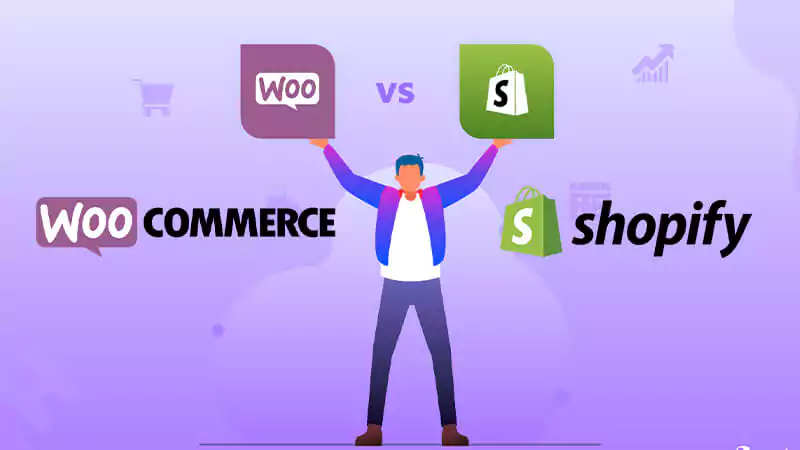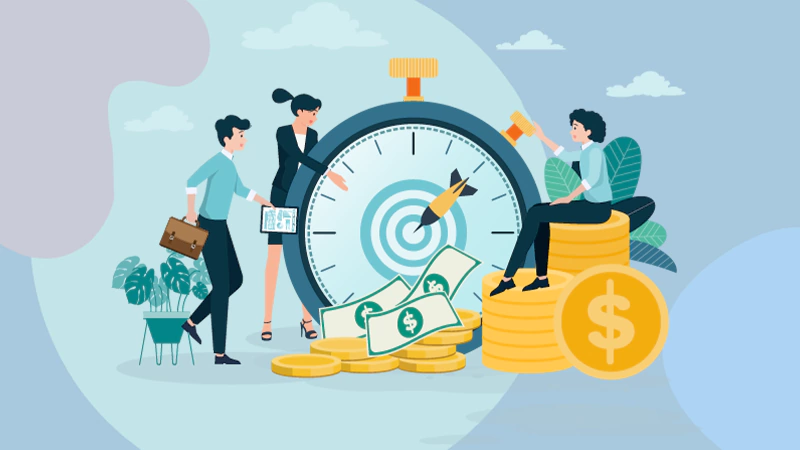Dropshipping looks inviting for anyone who wants to start a business online, as magnified by testimonies of how this person or store earned millions in a short period.
However, arranging drop shipping for your online store is not as easy as it sounds. And if you’ve heard of sweet promises or deals that sound too good to be true, the potential of being scammed looms.
By way of a friendly reminder, read on to learn more about common dropshipping scams or pitfalls before you end up losing money or your customers’ trust.
Dropping the Basics of Dropshipping
Before anything else, it’s relevant to delve a bit into dropshipping. It is a kind of order fulfillment that does away with keeping and storing items for sale. When a customer places an order in your store, another company (e.g., a supplier, manufacturer, wholesaler, or distributor) fulfills the order and ships the item to the customer.
As a small business, you’d probably welcome ways to save money, and not having to stock your shelves with products that may not sell right away is one. Also, the biggest marketplaces like Amazon and eBay allow for dropshipping, subject to their policies. Here’s an excellent resource to read more about Amazon dropshipping.
The third party that fulfills the order plays an integral role in every sale transaction as their ability to handle and ship items on time and the quality of the products affect your store’s rating and standing.
The Company is Fake
Not all companies claiming to be suppliers or wholesalers are real. Some maintain sophisticated websites and stellar customer reviews, which are all fake. Sadly, many fly-by-night entities hide behind those glitzy facades, and uncovering them requires more than a cursory glance.
To avoid wasting your time dealing with scammers, conduct your due diligence first:
- Check directories of wholesalers and manufacturers, taking into account their product types, shipping options, and so on. You can get their details, like websites, from there.
- Crowdsource information from established sellers, such as where they found their suppliers (they probably won’t divulge much information as part of their trade secrets, but it’s worth a try).
- Contact manufacturers directly.
Also, ask questions as is expected of one business dealing with another business. To build mutual trust, make sure that your business is legitimate as well.
You May Be Dealing with a Middleman
Whether the third party is a retailer, wholesaler, manufacturer, or goes by another name is important. The entity may just be like you, a middleman; that would only add another cost and layer to the supply chain, which you have inherently little to no control of.
For example, Amazon is strict about its rules regarding dropshipping, including but not limited to “Purchasing products from another online retailer.” So you really have to be circumspect in spotting a legitimate wholesaler or supplier.
Fake Contact Information
Look out for fictitious information. Suppose a “supplier” provided an address and telephone number on their website, but a quick Google search reveals the supposedly physical office to be a house or a parking lot. Also, no one answers the phone at any given time, especially during the usual work hours. Think twice before doing business with any supplier that provides fake information.
Despite other modes of communication like emails, making calls is the fastest way to confirm if someone is on the other side. Of course, you still need to conduct a thorough background check on the company.

Questionable Fees
Does the dropshipping supplier ask for a “convenience fee” or an ambiguous-sounding one? You need to look into that as you acquaint yourself with the kinds of fees that you’ll be paying the supplier.
Per-order fees for every sale you make and minimum order size are the most common dropshipping fees. You can try asking suppliers for their respective pricing structures as part of comparison shopping. This would be beneficial in pricing your goods.
Advertising costs also form part of your dropshipping business expenses. For your reference, here’s how much starting dropshipping business costs.
False Claims on Products
Product returns are a massive headache, but customers losing confidence in your business is a bigger problem.
One limitation of dropshipping is the lack of oversight on the products. Unless you have someone to examine the items personally, you’ll just be relying on the supplier’s representations of what the products look like in real life.
This is a problem with mass-produced items, whose quality may be a hit or miss. There’s also the issue of counterfeit goods or ones bearing trademarked and copyrighted property.
So how do you ensure the quality of your wares or confirm their authenticity?
- Read product reviews thoroughly before making orders.
- Place test orders to examine the products before selling them.
- Take notes and specifications of each product to provide detailed product descriptions.
- Ask the supplier questions in anticipation of customer queries.
Product returns are inevitable, so it should be clear how you and the supplier will deal with them. Then create a straightforward returns and refunds policy.
“Get Rich Quick”
They claim that you’ll make quick millions out of dropshipping may be the biggest scam. This kind of business can be a stepping stone for a venture where you offer products that you have created and developed.
Regardless of your business model, you still need to market your products to make sales. Only through market research will you identify strategies for reaching your desired objectives.
Google Ads is a scalable advertising option for e-commerce businesses and part of a multifaceted marketing approach. Under this strategy, you can create search ad campaigns, utilize Google Shopping ads, or run both.
There are many ways of looking at things and finding whether they are the right fit for your business, and you can get advice from Google Ads experts like Grow My Ads. Learn what this specialist agency does to help improve your results.
Hopefully, this article helps clear up many things regarding dropshipping to avoid putting yourself, your business, and your customers in a risky position. Always do your research, and when in doubt, consult the experts.








